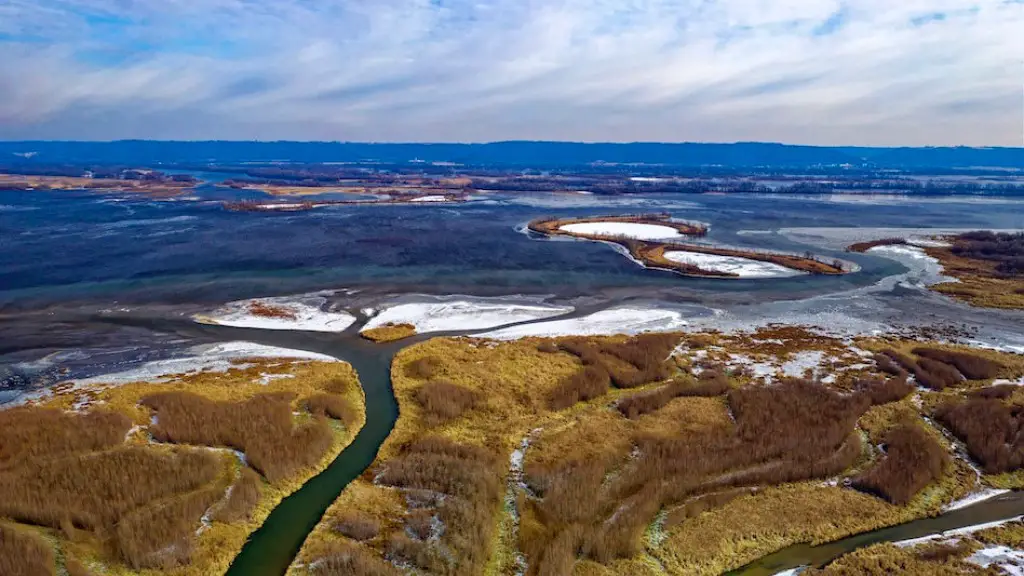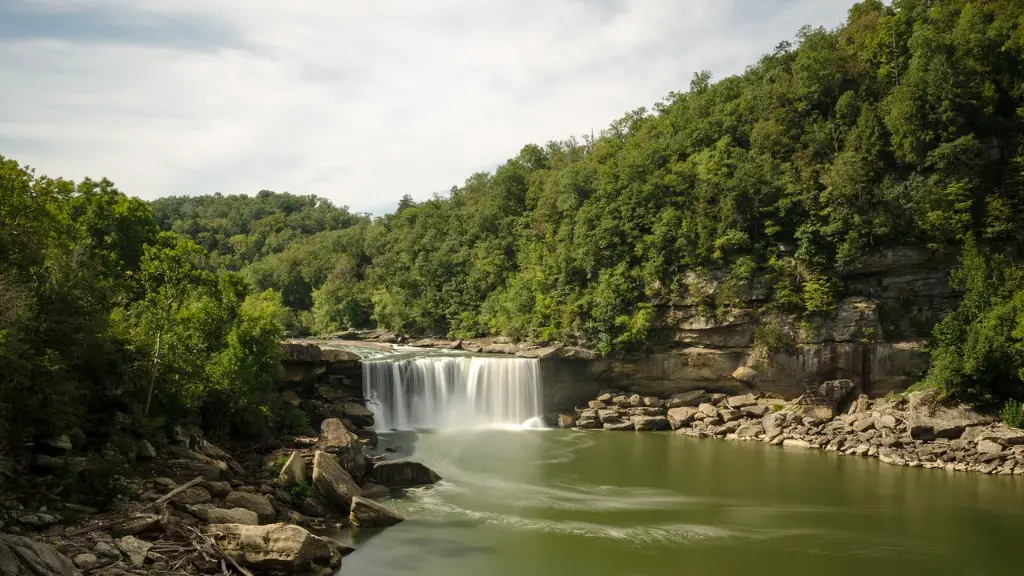Introduction
The Nile River refers to one of the longest rivers in the world, flowing through eleven countries that are within the Nile Basin, across Africa. It has often been described as the lifeblood of Egypt, since it has been a source of sustenance and, more symbolically, an instrument of regional unity since ancient times. Millions of people have been using the Nile River to transport goods, to navigate it for leisure, and to provide water for irrigation, drinking, and the production of hydropower. In this article, we will explore the ways in which people have been using the Nile River throughout history and the ways in which they are continuing to do so in the present day.
Historical Use
The importance of the mighty Nile River to the people of the region was evident even in ancient times, and as early as 4,500 years ago it was used for transportation and agricultural irrigation. Ancient Egyptians were known for mastering the flow of the river for irrigation for their crop production, and the resultant increase in food supplies ensured continued growth and stability to their population. Moreover, the strategic location of the Nile enabled them to form strong trading networks, which extended up to the Mediterranean. The ancient Egyptians also applied the principles of hydrology to the river, building and strengthening dykes, which diverted its waters to farmland, and they assessed and managed the banks of the river and its tributaries, by creating various waterways.
Modern Use
The Nile River is still being used for the same purposes today, but with a much more organized and scientifically advanced approach. Agriculture is the primary use of the Nile in modern times, and its waters are extensively used for intense irrigation. It is also a source of income for some as a fishing spot and for boat tours. Millions of people also use the Nile for their daily drinking, washing, and bathing needs, or to generate electricity from hydroelectric plants and dams. Hundreds of millions of people within the region rely on the river for their water needs and many areas of the basin suffer from water-borne diseases while the amount of the water of the river is reduced.
Navigation on the Nile is an important part of transportation, as it has been used to connect people and goods over vast geographic distances. In ancient times, it was used by great rulers such as pharaohs and their favored officials to transport goods and materials in canoes and larger barges. In modern times, the Nile still serves as a vital trade route and helps to boost the economies of countries along its banks by connecting them to other parts of the world. In addition, it is also used for recreational purposes and to transport passengers for sightseeing purposes.
Hydropower and Dams
Harnessing the energy of the Nile to generate electricity provides many to Egyptians. With the building of dams, the waters of the river can be used to generate electricity and provide energy to millions of people living around the river’s banks. In Egypt, the Aswan High Dam and the multiple hydroelectric plants that have been built along the river’s course generate energy for the whole country. This hydropower production has had many positive impacts such as the generation of employment opportunities, and the reduction of air pollution.
Environmental Challenges
While the river has been a great help to the people of Egypt and the surrounding countries, there have also been some challenges posed by its presence. Excessive utilization of the river’s waters has caused it to suffer from environmental degradation. Over-irrigation and the construction of dams, have caused loss of fish and wildlife, and it has affected the communities of the region, who depend on this river’s resources. Moreover, increased levels of pollution have contaminated the water, making it increasingly hazardous for those living along the river’s banks.
International Cooperation
The countries within the Nile Basin share similar water and energy resource needs, and many of them rely on the river for a variety of economic activities. Cooperation among them is therefore necessary, as any harm to the river’s water can directly affect the livelihoods of millions of people downstream. The existence of international organizations such as the Nile Basin Initiative, (NBI), has made international dialog and cooperation much easier. The NBI is a transboundary organization which works on issues such as the sharing and management of the water resources of the Nile and to foster cooperation among riparian countries.
The Growing Population
The population of the region is growing rapidly and so is the demand for water. To meet this growing demand, the countries have to find ways to sustainably manage their water resources. This has become increasingly difficult in light of the competition among the states and their own national interests. Multi-lateral initiatives have been undertaken to encourage sustainable utilization and management of the water resources, and limit the potential for conflict.
Concerns For The Future
In spite of the myriad of initiatives and international cooperation, there is still much that needs to be done to ensure the efficient and equitable management of the Nile River. Climate change is a major concern in the region, and the projected increases in temperatures and changes in rainfall patterns could cause a significant decrease in the water flows of the river, making it increasingly difficult for people to harness its resources. Research is being conducted to better understand the impacts climate change will have on the project in question.
Sustainable Practices
In order to ensure sustainable utilization of the river’s resources and to prevent environmental disaster, measures are being taken to increase the efficiency of water utilization and reduce wastage. Consumptive use of water is being reduced and farmers are being encouraged to adopt more efficient irrigation technologies, while water recycling systems are being developed and implemented. Environmental regulations need to be improved and awareness needs to be increased across the basin, so that people are educated about the importance of preserving the river and its associated resources.
Cultural Significance
TThe Nile River has been an influential factor for Egyptian culture for thousands of years, and continues to be so. Large scale religious festivals and public holidays have been held along the river’s banks each year, including the famous festivals of Hapi (the Nile God) and Sobek. Cultural landmarks along the Nile have been built, such as temples and tombs, and its banks have been covered in pictures and inscriptions that tell stories of its past. Modern day art and literature celebrate the great river and remind its people of its importance to them.
Conservation Efforts
The conservation of natural resources along the riverine systems are essential in order to protect both the health of the river and the surrounding environment. Conservation programs such as the UN’s Sasakawa Africa Fund for Extension Education have been working to introduce sustainable farming practices to reduce land degradation which can lead to soil erosion and water pollution. Similarly, other initiatives such as the Greening of the Nile Project work to promote the use of less toxic inputs and an increase in water conservation techniques.
Conclusion
The Nile River has been an integral part of the livelihoods of millions of people across the African continent for centuries, and is still being used for agriculture, transportation, and the production of energy. Its use and importance is still growing and various international organizations as well as local initiatives are working to ensure the equitable use of its resources by all. Questions remain, however, as to how its resources can be best managed in light of environmental and climate change challenges, and more research and collaboration is needed to ensure its sustainability in the future.



